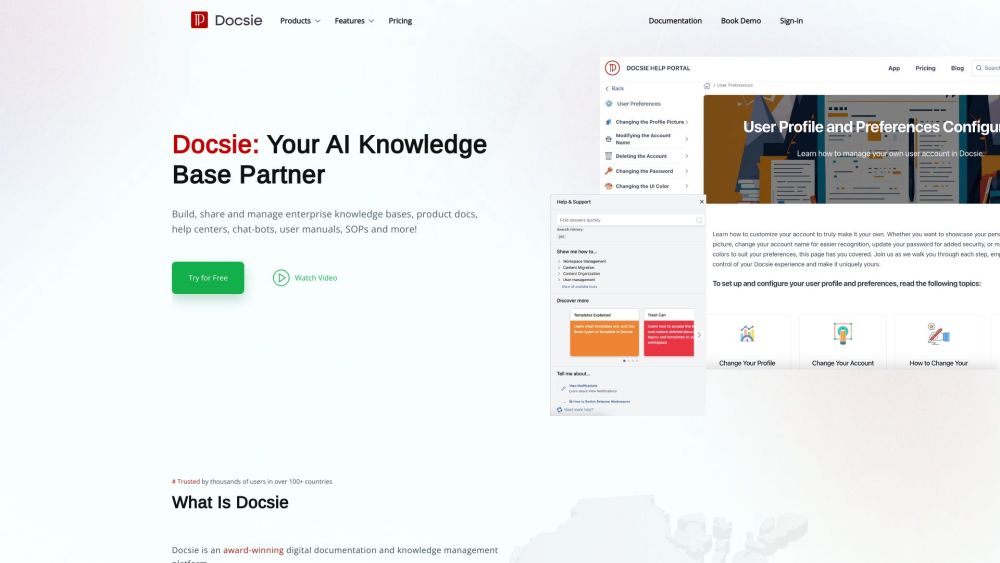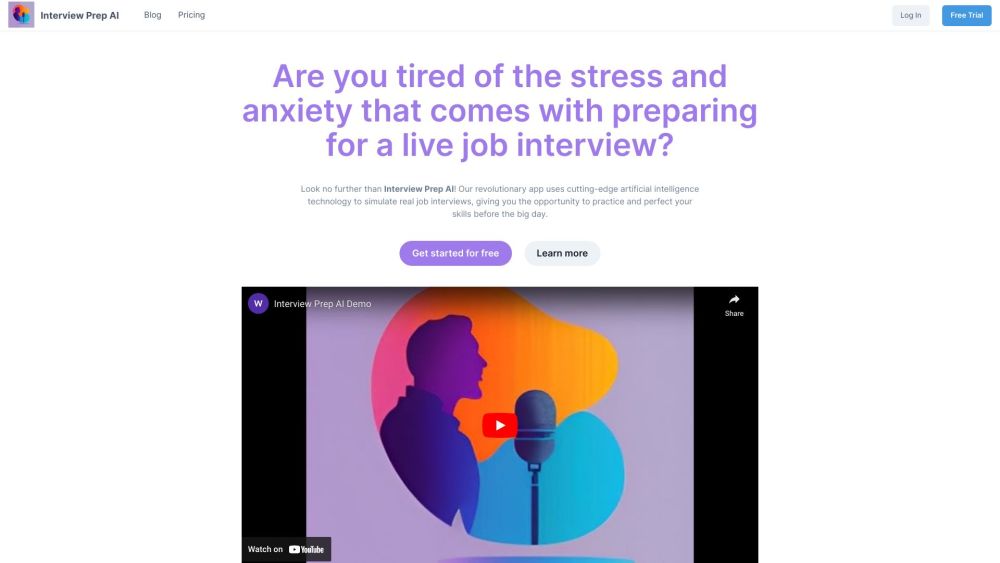Groundbreaking Research in Digital Pathology: A New Era in Cancer Diagnosis
Professor Sheng Wang from the University of Washington recently shared his excitement over the rapid acceptance of his team's innovative research paper, which has been heralded as a significant milestone in digital pathology. Remarkably, the paper was accepted by Nature in just five months, a substantial improvement over the journal’s typical acceptance time of 268 days.
Wang and his collaborators introduced an unprecedented multi-parameter pathology model, the first designed to model and classify entire pathology images. Trained on data from 30,000 patients across 28 cancer centers, the model excelled in 25 out of 26 evaluated tasks, showcasing its efficacy and adaptability. Wang believes this breakthrough will empower doctors, benefit the public, and enhance medical education. He is confident that AI methods will revolutionize cancer treatment, signaling a transformative shift in the field.
As technology continues to evolve, this AI model is poised to play a crucial role in cancer diagnosis and treatment, instilling hope in millions of cancer patients worldwide.
Applications of the AI Pathology Model
1. Empowering Physicians: The AI pathology model is set to become an essential diagnostic tool in hospitals. It can quickly analyze pathology images and suggest preliminary diagnoses, improving pathologist efficiency. This innovation aims to speed up diagnoses and alleviate the burden on medical professionals, allowing them to concentrate on complex cases.
2. Accessible Solutions for Patients: In areas with limited access to experienced pathologists, patients can rely on the AI model to analyze their pathology images, providing dependable diagnostic results. This capability significantly raises medical diagnostic standards in underserved regions, ensuring prompt and accurate treatment recommendations.
3. A Resource for Medical Education: Training proficient pathologists demands considerable time and resources. The AI model can serve as a valuable educational tool for medical students, offering ample annotated samples to enhance their case analysis skills and hands-on experience.
Overall, the AI pathology model presents tremendous potential for three primary groups: physicians, patients, and medical students, driving advancements in pathology while improving the efficiency and accuracy of cancer diagnoses.
Innovative Solutions for Accurate Cancer Diagnosis
With cancer claiming over ten million lives globally each year, swift and accurate diagnosis is vital. Pathology slide examinations are essential for reliably identifying tumors and confirming cancer. These assessments involve creating slides from biopsied tissue and analyzing them under a microscope to determine malignancy and the specific type of cancer, which guides treatment decisions.
Given the growing demand for pathology testing and its inherent complexity, developing an accurate AI model to automate these processes offers significant value. Analyzing pathology slides poses unique challenges, particularly due to their larger size—up to 100,000 x 100,000 pixels—compared to standard image sizes typically processed by AI classifiers.
To overcome this challenge, Wang and his team focused on modeling long data sequences, similar to reading lengthy text while maintaining context. Analyzing an entire pathology image is equivalent to managing data comparable to 150,000 words, complicating the tasks for AI models unable to process such extensive information at once.
Recent advancements in natural language processing, particularly through models like ChatGPT and GPT-4, have fueled interest in long data sequence modeling. Unlike traditional systems, ChatGPT considers the entire context of prior interactions, demonstrating success with new techniques. Wang and his colleagues adapted these innovations for optimizing pathology image classification, effectively addressing the challenges posed by complete whole-slide image analysis.
Collaborative Efforts in Innovation
Wang emphasized that this project resulted from collaboration between the University of Washington, Microsoft Research, and Providence St. Joseph Health, one of the largest healthcare providers in the U.S. This partnership exemplifies the powerful synergy that can emerge when academia and industry unite to advance healthcare solutions.





